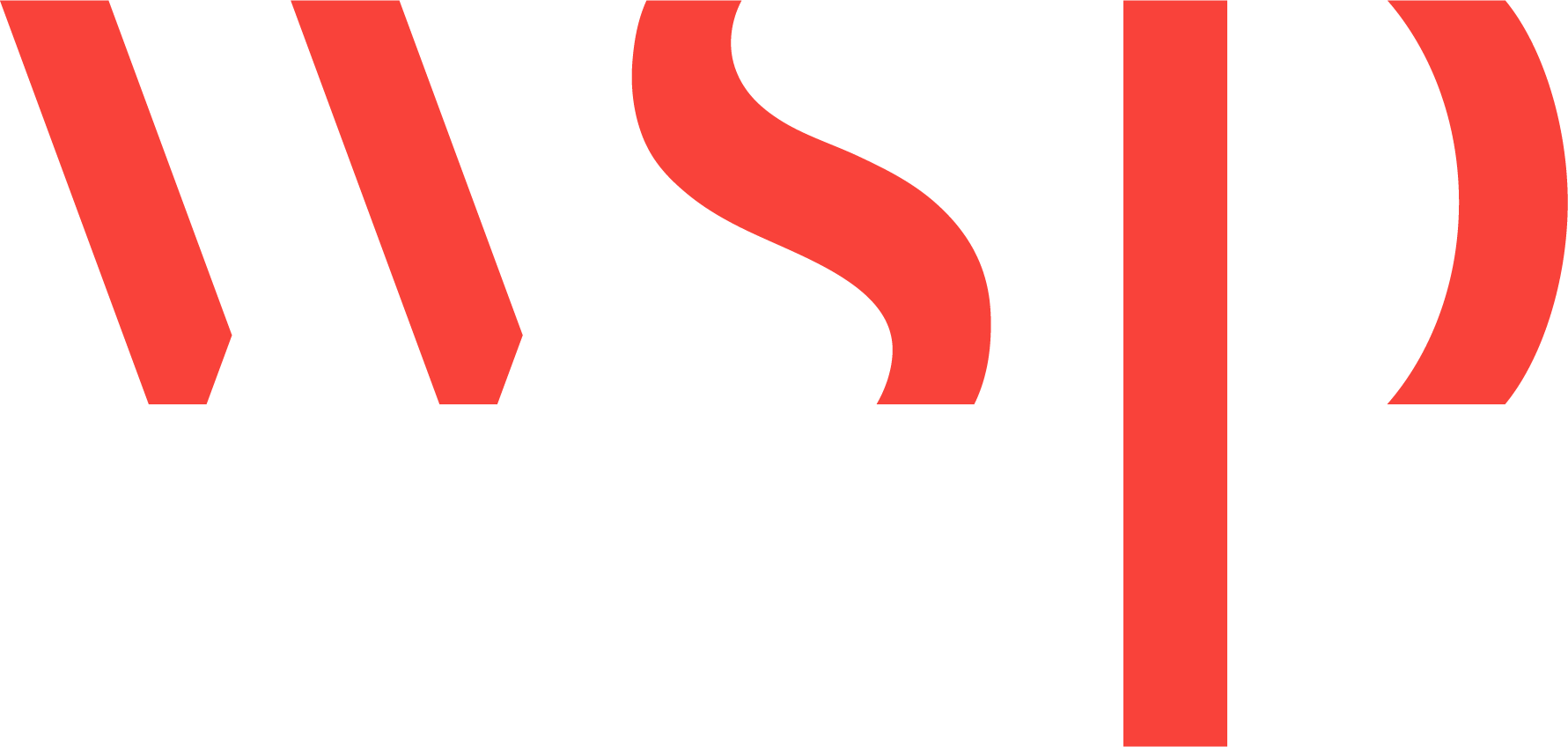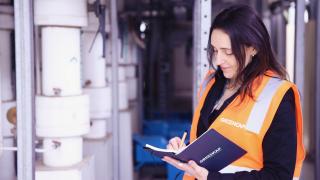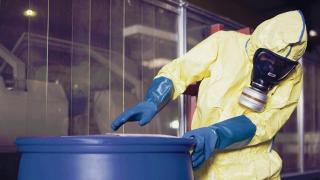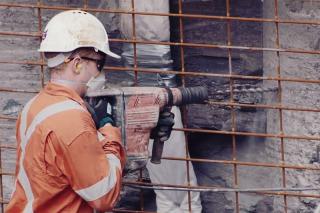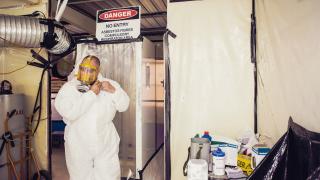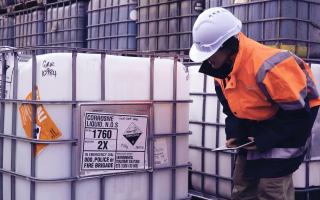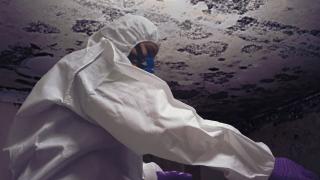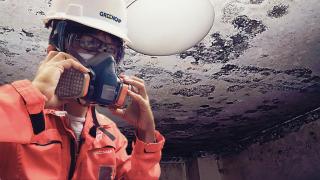Occupational Hygiene
Businesses have a duty under legislation to ensure, as far as is reasonably practicable, that their staff and other stakeholders are not exposed to any health and safety risks that may arise from the nature of their business.
Greencap is now part of WSP
Are you eligible for free or subsidised fit testing?
Greencap is a 3M Preferred Partner.
Contact us on [email protected], call us on 03 9537 5700 or register below.
Occupational Hygiene is the anticipation, recognition, evaluation, control and prevention of hazards from work that may result in injury, illness, or affect the wellbeing of workers.
Greencap utilises expertise in science and engineering to prevent ill health caused by physical and chemical hazards in the working environment, helping PCBUs and workers to understand the risks and improve working conditions and working practices.
Greencap's multidisciplinary approach is built on having consultants with a broad and solid foundation of knowledge across all these disciplines and more with qualifications and accreditations recognised by the Australia Institute of Occupational Hygiene (AIOH) council.
This includes Certified Occupational Hygienists (COH) and "Full" AIOH members. Earning the designation of COH is recognition of the highest level of professional expertise by the AIOH and international agencies and ensures you are getting the services of a recognised and competent professional.
For more information on what Greencap are doing in the infection control space, please go to the infection control in healthcare construction page.
Frequently Asked Questions
What is the difference between industrial hygiene and occupational hygiene?
It is simply a wording difference. In the southern hemisphere the industry is called occupational hygiene, while in the northern hemisphere it is called industrial hygiene.
What is an occupational hygiene assessment?
An occupational hygiene assessment can be desktop and/or field based. It involves identifying a hazard, determining a risk to the workers, and providing advice to manage the risk using the hierarchy of controls.
What needs to be considered when undertaking an occupational hygiene assessment
There are several considerations when undertaking an occupational hygiene assessment. These include but are not restricted to:
- Whether to go to site or not
- If all workers are exposed in the same way
- If the hazards are based upon the processes used, or the ways the workers interact with the environment
- The legislative environment in which the business is operating
- Different assessments in different states
- If anyone is immediately at risk which would require operations to stop
What is an example of a common occupational hygiene hazard?
Noise exposure is an example of a common occupational hygiene hazard. Noise affects lots of industries and workplaces. It applies to lots of different workplaces, and it can apply in unexpected ways. For example, changing the layout of a factory or workspace could reflect noise completely differently resulting in the noise being projected into a different area of the workplace.
Services
Physical Hazards
-
Noise Assessments – Occupational (static and/or personal) and Environmental
-
Occupational noise management plans and control programs
-
Respiratory protection programs
-
Confined space assessment
-
Site assessments following a flood, fire or other major disaster
-
Vibration assessments – whole body vibration (WBV) and hand arm vibration (HAV)
-
Thermal comfort assessments – heat stress/cold stress
-
Lighting assessments
-
Electromagnetic radiation (EMR) and radio frequency radiation (RFR) assessment
-
Review of ventilation HVAC systems and AS3666 risk assessments
-
Respiratory fit testing services (PortacountTM)
Chemical Hazards
-
Indoor air quality assessments (including odour investigations)
-
Chemical hazard identification and development of exposure assessments
-
Hazardous Chemical Assessments (Dangerous Goods/Hazardous Substances)
-
Globally Harmonised System (GHS) of Classification and Labelling of Chemicals training and advice
-
Toxicology review and SDS preparation.
-
Dust, vapour, fibre and fume monitoring
-
Gas detection and monitoring
-
Lead paint/lead dust or other heavy metal assessment
-
Decontamination assessments including clandestine drug laboratories
Biological
-
Mould assessment and remediation strategies
-
Biological hazard monitoring
-
Potable water testing
Ergonomic
-
Ergonomic assessment and design
Psychosocial
- Stress
- Psysiological
- Behavioural
Greencap acknowledges the Traditional Owners of Country throughout Australia and recognises their continuing connection to land, waters and culture. We pay our respects to their Elders past, present and emerging.

